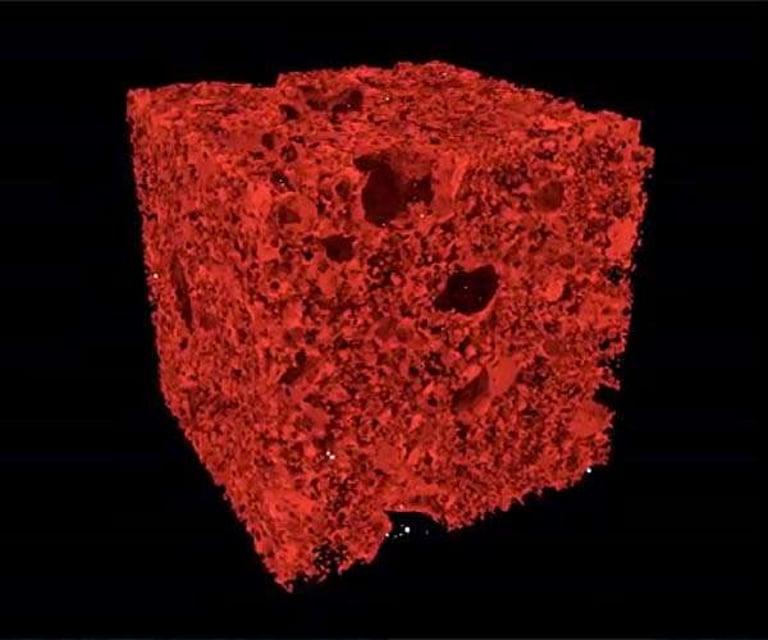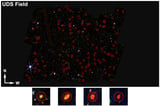NASA's Webb Telescope Uncovers 300 Bright Cosmic Objects, Potentially Early Galaxies, Challenging Theories
August 17, 2025
The brightness of these objects suggests the early universe was more active than previously understood, potentially reshaping theories of cosmic evolution.
Most of these objects are brighter than expected for early galaxies, suggesting the universe was more active during its early stages than previously thought, with some potentially at redshifts greater than 6.
Researchers analyzed the brightness and characteristics of these objects across multiple wavelengths using JWST's infrared instruments to estimate their redshift, age, and mass.
NASA's James Webb Space Telescope has identified 300 unusually bright objects in deep space images, some of which could be early galaxies from the universe's infancy, challenging current galaxy formation models.
While many objects are at redshifts between 1 and 4, indicating they are relatively closer, a few may be from over 13 billion years ago, near the universe's beginning.
Spectral energy distribution fitting tools were used to estimate photometric redshifts, with plans for spectroscopic observations to definitively confirm the nature of these objects.
One object has already been spectroscopically confirmed as an early galaxy, but further verification is needed to challenge or confirm existing galaxy formation theories.
The team employed the dropout technique, which identifies high-redshift galaxies by detecting objects visible in redder wavelengths but absent in bluer ones, indicating they are very distant.
The discovery raises the possibility that some of the brightest objects could challenge current galaxy formation models if confirmed to be from the early universe, emphasizing the need for spectroscopy.
Follow-up spectroscopic observations are crucial to distinguish between genuinely early galaxies and dusty, lower-redshift impostors, with spectroscopy being the key to definitive confirmation.
One known bright galaxy at redshift 8.68 exemplifies how such luminous objects can result from intense star formation or active black holes.
These findings, published in The Astrophysical Journal, demonstrate JWST's potential to revolutionize our understanding of the early universe and galaxy formation.
Summary based on 3 sources


